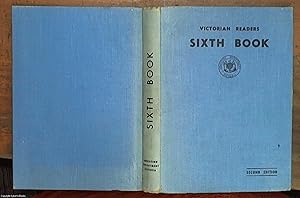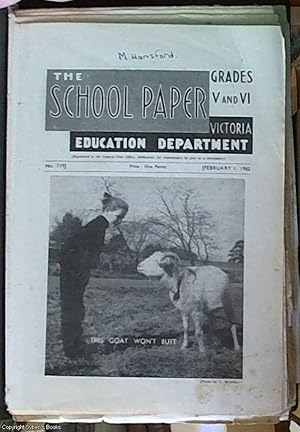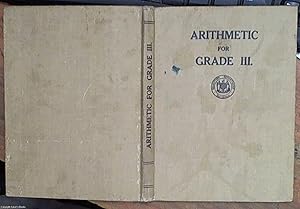When
I showed a slide of a picture of the Opening Ceremony on the cover of
the Australian Women's Weekly a gentleman at one talk asked me to stop
at the picture and pointed out two white squares in the picture.
The two white squares are the Melbourne Olympic Choir.
He was a member of a combined community choir - the Melbourne Olympic Choir - that sang at the 1956 Melbourne Olympic Games. Lloyd gave me notes that he had written about his experiences with the choir which consisted members of community choirs throughout Victoria. As well as singing at the Opening Ceremony the choir performed at a number of events including the Closing Ceremony.
Other people at the meeting were Betty who, as a member of the St John's Ambulance Brigade, attended many of the events working with that organisation.
 |
| Museum of Applied Arts and Sciences |
 |
| A copy of the book with the invitation |
A second book, published as a supplement to the first book, was published in January 1949 and was posted to all delegates of the Olympic Committee who would decide who would host the Games in 1956.
Another lady told us that her mother helped make the presentation cushions used for medal presentations at the Melbourne Olympic Games.
 |
| Official Report of the Organising Committee for the Games of the XVI Olympiad Melbourne 1956 |
When we were discussing who attended any events at the Olympic Games one couple laughed and the husband said that he went to the Closing Ceremony because the soccer final was played before the ceremony and he is a soccer fan. Meanwhile his wife stayed home and looked after the baby.
 |
| Program for the Closing Ceremony |
 |
| Marlene Matthews with Betty Cuthbert |
 |
| Blood in the Water |
The three talks that I have given have provided additional information about the Melbourne Olympic Games.




































